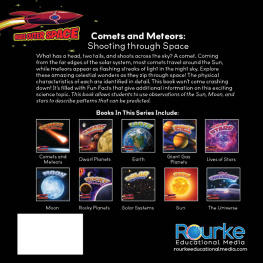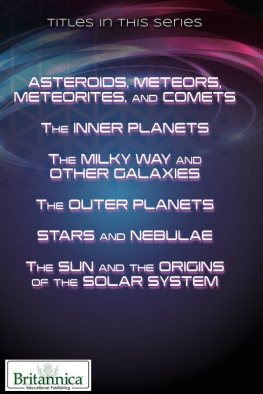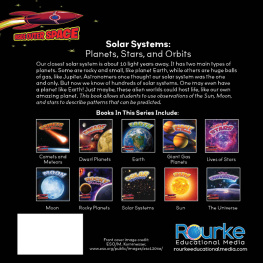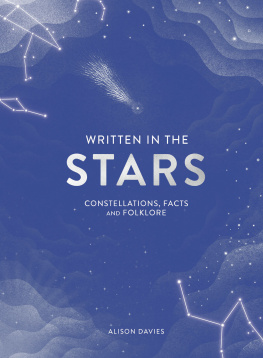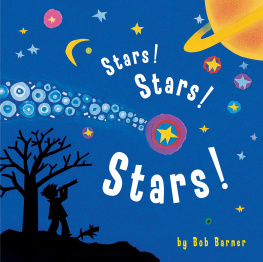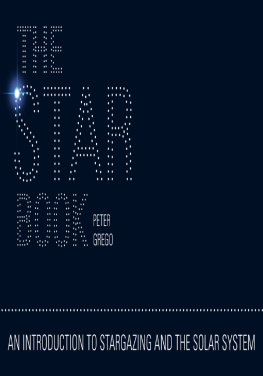Content Area Vocabulary
Use glossary words in a sentence.
black hole
constellations
galaxy
gravity
nebulae
supernova
Before Reading:
Building Academic Vocabulary and Background Knowledge
Before reading a book, it is important to set the stage for your child or student by using pre-reading strategies. This will help them develop their vocabulary, increase their reading comprehension, and make connections across the curriculum.
| Read the title and look at the cover. Lets make predictions about what this book will be about. |
| Take a picture walk by talking about the pictures/photographs in the book. Implant the vocabulary as you take the picture walk. Be sure to talk about the text features such as headings, Table of Contents, glossary, bolded words, captions, charts/diagrams, or Index. |
| Have students read the first page of text with you then have students read the remaining text. |
| Strategy Talk use to assist students while reading. - Get your mouth ready - Look at the picture - Thinkdoes it make sense - Thinkdoes it look right - Thinkdoes it sound right - Chunk it by looking for a part you know |
| Read it again. |
| After reading the book complete the activities below. |
After Reading:
Comprehension and Extension Activity
After reading the book, work on the following questions with your child or students in order to check their level of reading comprehension and content mastery.
| Which star is nearest to planet Earth? (Text to self connection) |
| What causes a black hole? (Asking questions) |
| What is a galaxy? (Summarize) |
| What colors are stars and what does each color mean? (Summarize) |
Extension Activity
A black hole swallows everything that gets pulled into its gravitational pull. To illustrate this you will need a stretchy black material such as tights, nylon, or mesh, a round deep container, a heavy round object and pennies. Stretch the black material over the container, like you are making a drum, but do not make it very tight. Secure the material to the container. Now place the heavy round object in the middle. This is the supernova collapsing. What happens to the black material? What happened to the object? Now place a penny on the slope of the black material. What happens to the penny? How does gravity work in a black hole?

Starry Night
On a clear night, you can see thousands of stars. Where do these twinkling lights come from? What makes them glow? Will they shine forever?
Stars are not living things. Yet, they do have a life cycle. Stars are born. They shine for millions of years. Then they die. Blast off to see the exciting lives of stars.
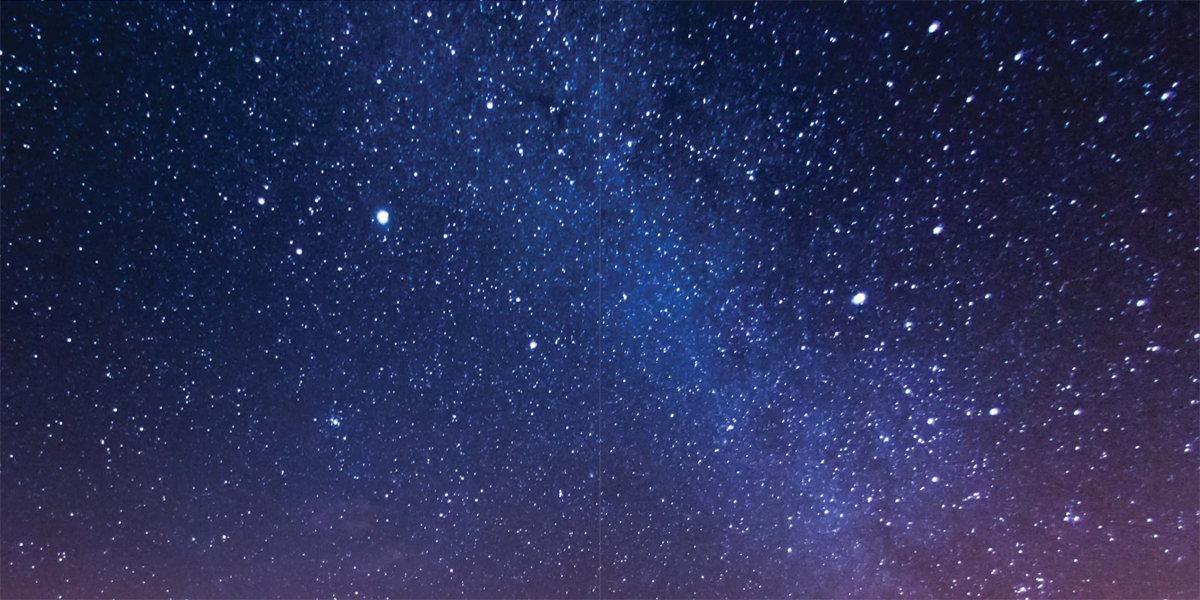
Stars are giant, fiery balls of gas. Inside a star, the pull of gravity squeezes the gas into a tight ball. The ball heats up. A huge amount of energy is released. Its a burst of starlight!
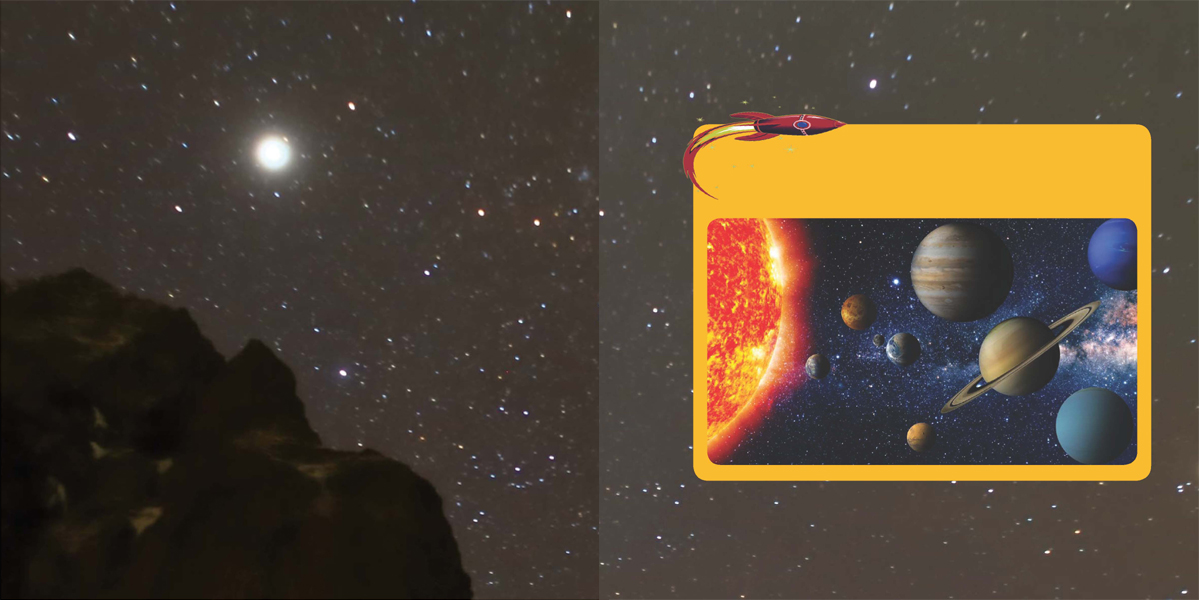
Stars make their own light. Planets do not. The planets in our solar system shine like stars because they reflect the light of the Sun.
Stars are born inside giant clouds of dust and gas. These clouds are called nebulae. Each nebula gives birth to millions of stars.
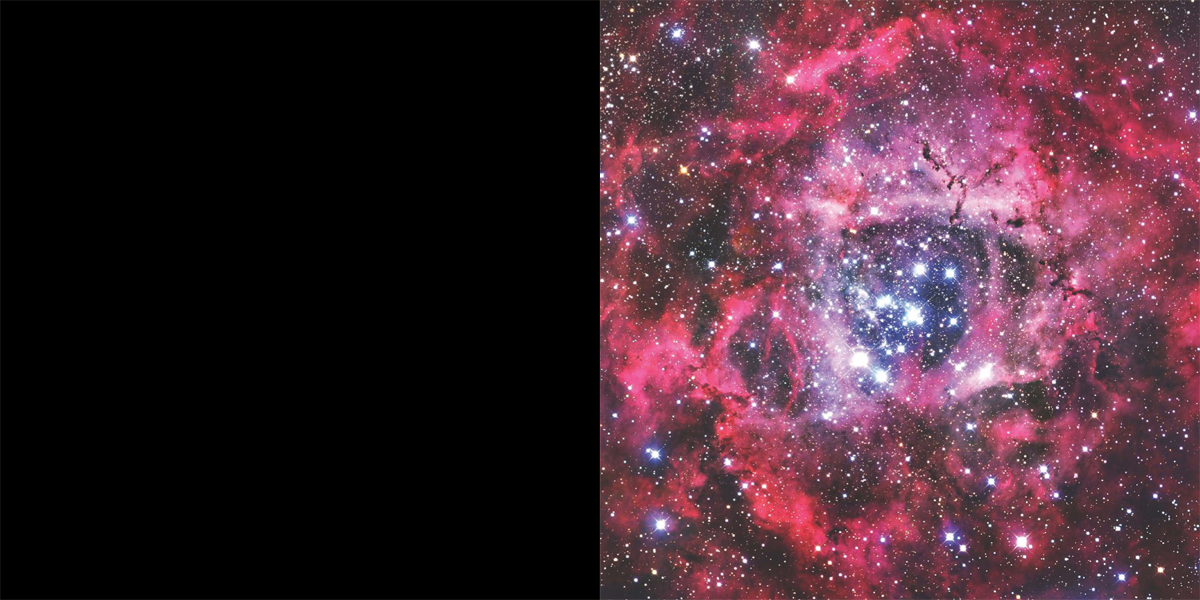
Newborn stars light up nebulae like a cars headlights shining through fog.
Our Star: The Sun
Our Sun is our nearest star. It was born about 4.6 billion years ago. The Sun is the center of our solar system. Earth and seven other planets travel around the Sun.
The Sun gives us light and keeps us warm. It makes plants grow. It controls our weather. Our Sun makes life on Earth possible.

SUN
About 1.3 million Earths could fit inside the Sun.
Why does the Sun appear larger than all other stars? It looks that way because the Sun is the closest star to Earth. Many stars are much bigger than the Sun.
Hot Stuff
Stars are giant power plants. They spend their lives making energy. They give off light and heat.
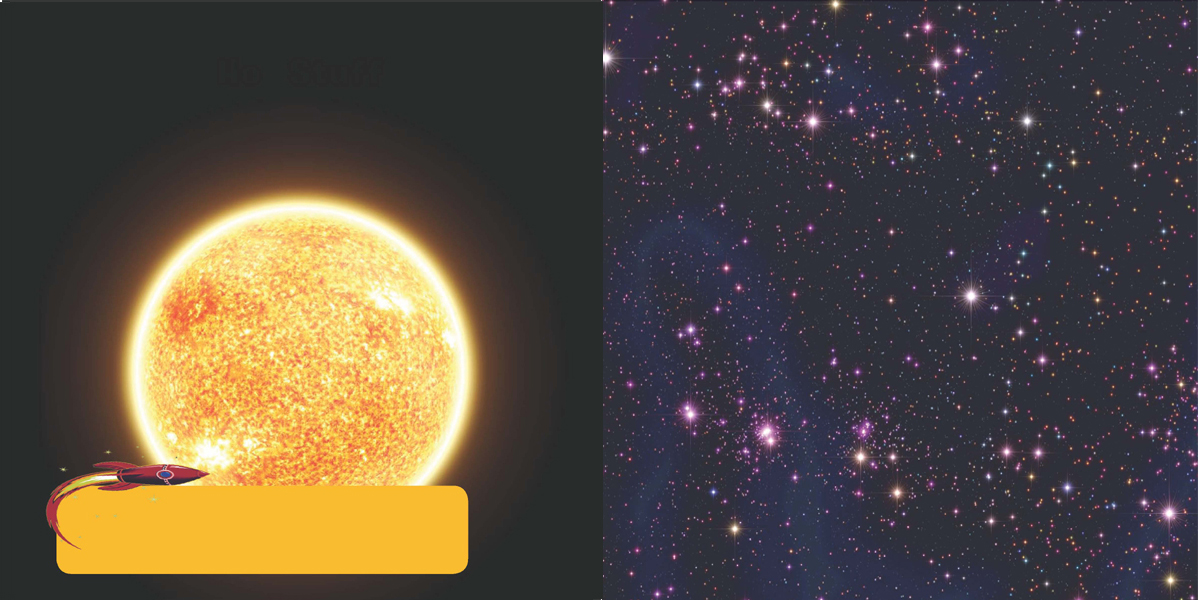
Suns surface temperature: 10,000 Fahrenheit (5,500 Celsius)
Suns center temperature: 27,000,000 Fahrenheit (15,000,000 Celsius)
Stars have different colors, depending on their temperature. The hottest stars are blue. Red stars are the coolest. Yellow stars, like our Sun, are in between.
Far, Far, Away
Stars look like small points of light. That is because they are very far away. The Sun is 93 million miles (150 million kilometers) from Earth. The next star is about 25 trillion miles (40 trillion kilometers) away.
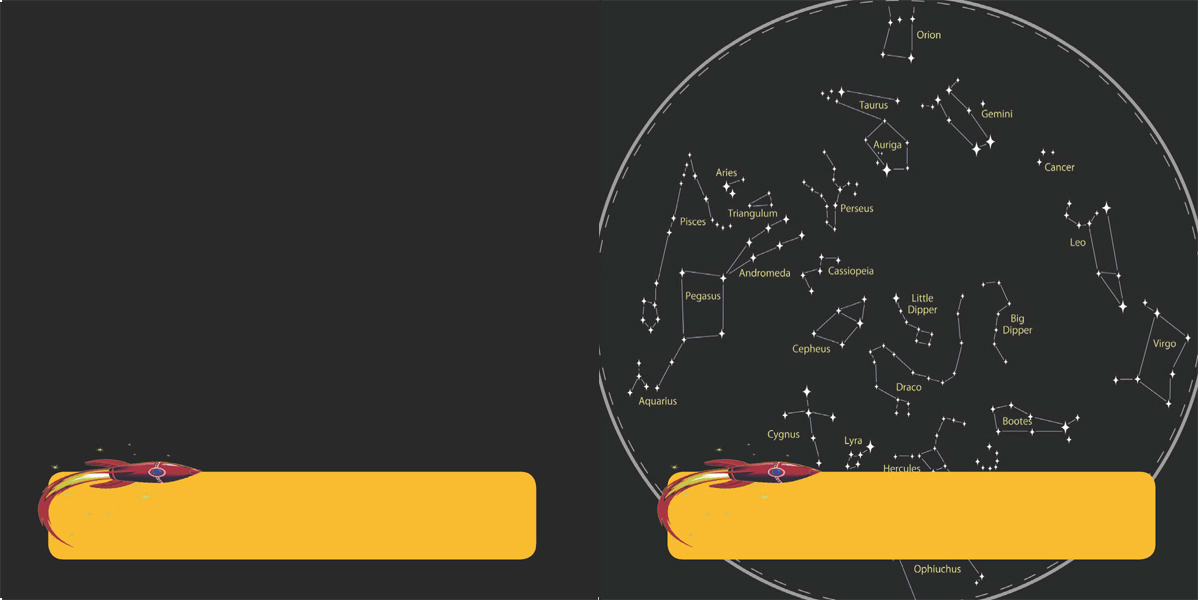
How long would it take to travel from the Sun to the next star? At the speed of todays spacecraft, it would take more than 200,000 years!
Long ago, people saw patterns in the stars. These are called constellations. You can see shapes of animals, warriors, and more.
A galaxy is a huge group of stars. The universe may have as many as 100 billion galaxies. Each galaxy is home to billions of stars. Our galaxy is called the Milky Way.
The Hubble Space Telescope was launched in 1990. Hubble sends us amazing photos of stars.
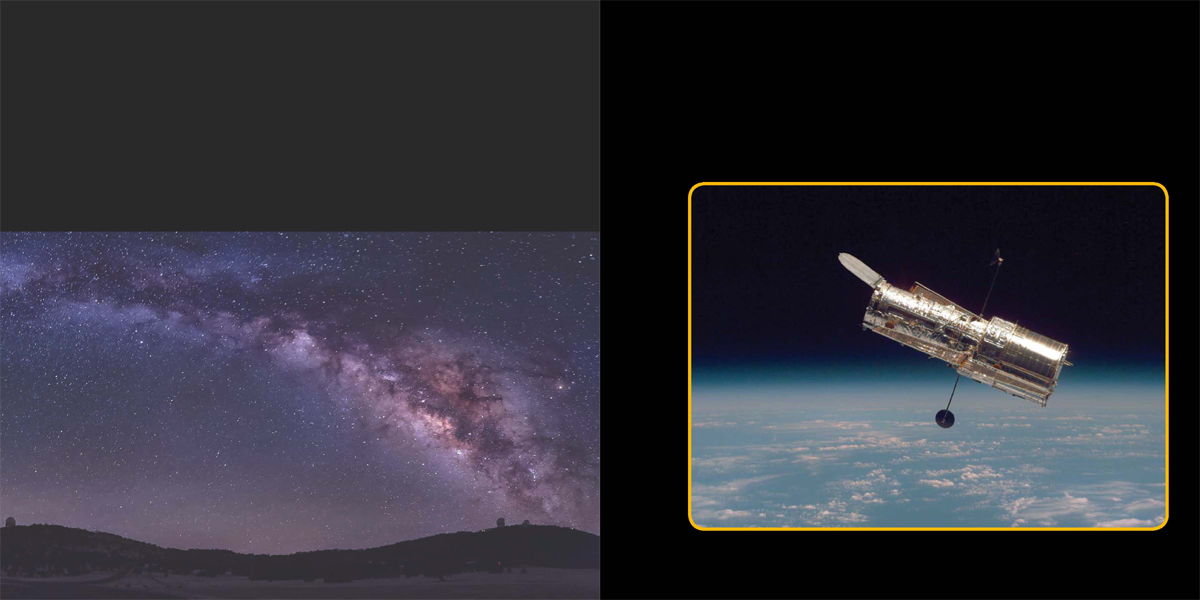
The Milky Way gets its name from the milky, white disk of stars that stretches across the sky.
Hubble Space Telescope
How Long Do Stars Shine?
Like cars, stars die when they run out of fuel. Some stars shine for a few million years. Other stars last for trillions of years. Our Sun will shine for about 10 billion years.




